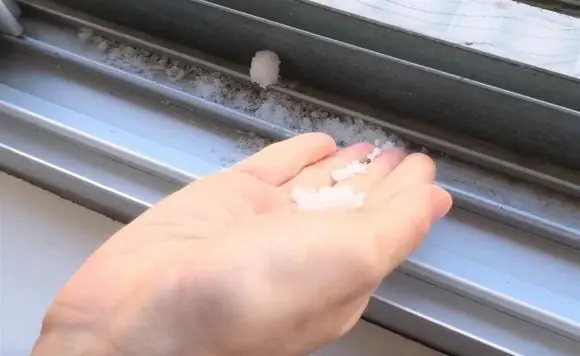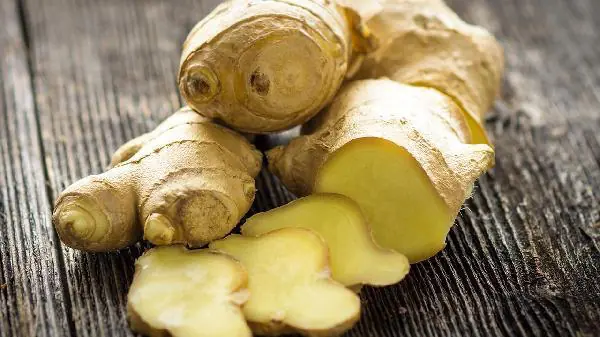
What Are the Tiny Bumps on the Rice Paddle in a Rice Cooker For?
What Are the Tiny Bumps on the Rice Paddle in a Rice Cooker For?
Have you ever noticed that every rice cooker usually comes with a complimentary rice paddle? And if you look closely, you'll see that the surface of that paddle is often covered with tiny raised dots. So, what exactly are those tiny bumps for?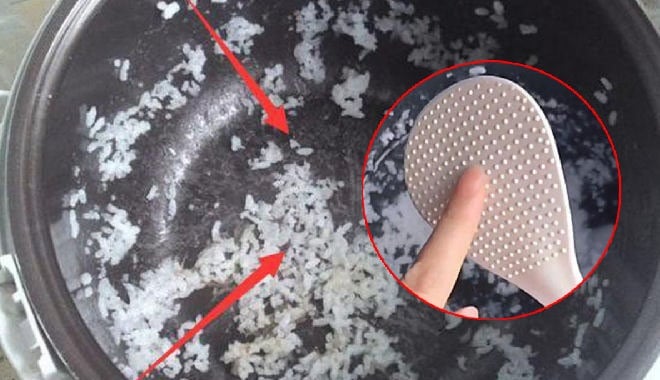
1. Non-Stick Function
The small, round bumps on the paddle help prevent rice from sticking to the paddle. They create just enough friction to hold the rice without making it cling, which makes scooping and serving much easier. Plus, it helps keep your rice cooker cleaner by reducing the amount of rice that sticks to the sides of the pot.
2. Protects the Rice Cooker’s Non-Stick Surface
Beyond preventing rice from sticking, these bumps also help protect the inner pot of your rice cooker.
For example, when removing leftover cold rice stuck to the pot before cooking a fresh batch, scraping with a regular spoon can damage the non-stick coating.
But with a textured paddle, those small bumps provide a gentle abrasion that can loosen stuck rice without scratching the surface — preserving the longevity of your rice cooker.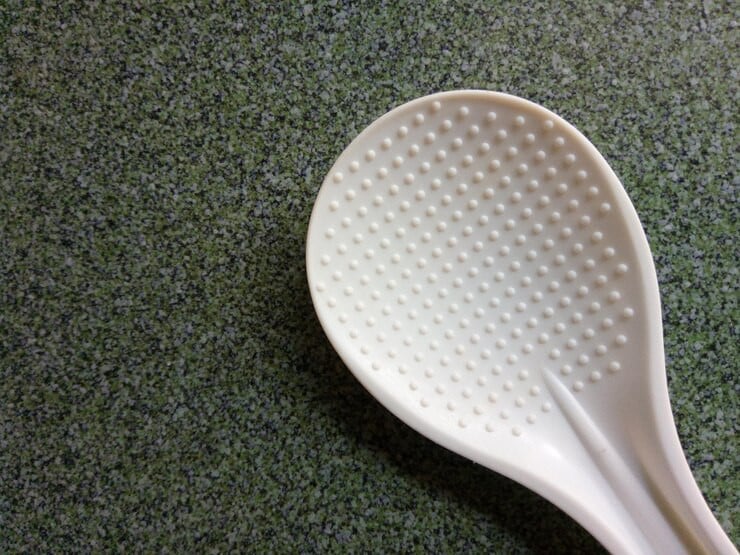
3. Helps Fluff Rice
The bumps also play a role in making rice light and fluffy. As you scoop and stir, they help separate the grains, reducing clumping and making your rice more airy and appetizing.
4. Easier to Clean
The design also makes the paddle easier to clean. Thanks to the textured surface, rice doesn't cling as stubbornly, and a quick rinse under water is often enough to get it spotless again.
How to Cook Fluffy, Fragrant Rice
Cooking rice may seem simple, but getting that perfectly fluffy, slightly sticky, but not mushy bowl of rice is a bit of an art. Here are some pro tips:
Choose Good-Quality Rice
Start with high-quality rice. Always buy from trusted sources and prioritize fresh, seasonal rice. Old rice can lose its natural sweetness and be more susceptible to pests and nutrient loss.
Look for grains that are uniform in size and color, not broken or discolored. A good variety will have a natural aroma without any musty or off smells.
Wash the Rice Gently
Even though most rice nowadays is pre-cleaned, a gentle rinse is still recommended to remove impurities.
Avoid over-washing or scrubbing too hard, as the outer layer contains essential B vitamins (B1, B2, B6), which can be lost with excessive washing.
Just swirl the rice gently and pour off the cloudy water — once or twice is usually enough.
Use the Right Water Ratio
This step is crucial. A traditional tip: touch the rice surface with your fingertip, and the water should reach the first joint of your index finger.
Alternatively, you can place your palm lightly on the rice, and if the water just covers your hand, it’s usually just right.
Avoid pushing your hand deep or pressing down.
Let It Rest After Cooking
Once the rice is done, open the lid and fluff the rice gently to let excess steam escape.
Then close the lid and let the rice sit for about 10 minutes. This final step helps the rice settle, allowing each grain to become soft, aromatic, and perfectly cooked — not soggy or dry.
These little details — from the bumps on your rice paddle to how you measure water — all come together to make a perfect bowl of rice, the heart of every home-cooked meal.
News in the same category


When Buying Bananas, Just Remember This Tip and You’ll Instantly Know Whether They’re Naturally Ripe or Chemically Ripened
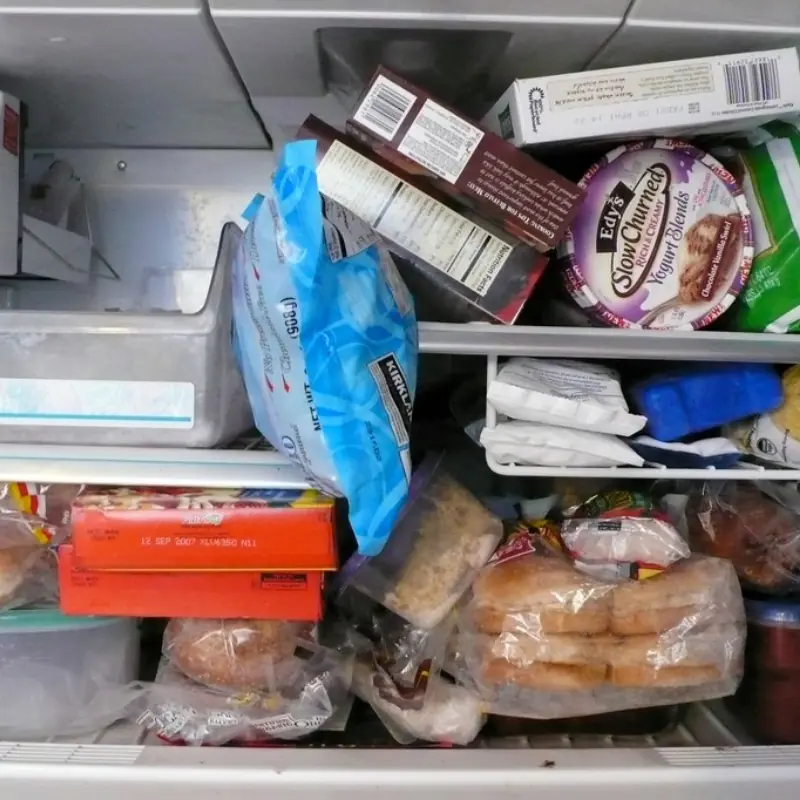
5 Foods Stored in the Fridge That Are Like a “Breeding Ground” for Bacteria and Pathogens

A 40-Year-Old Woman Was Rushed to the Hospital After Eating Grapefruit This Way
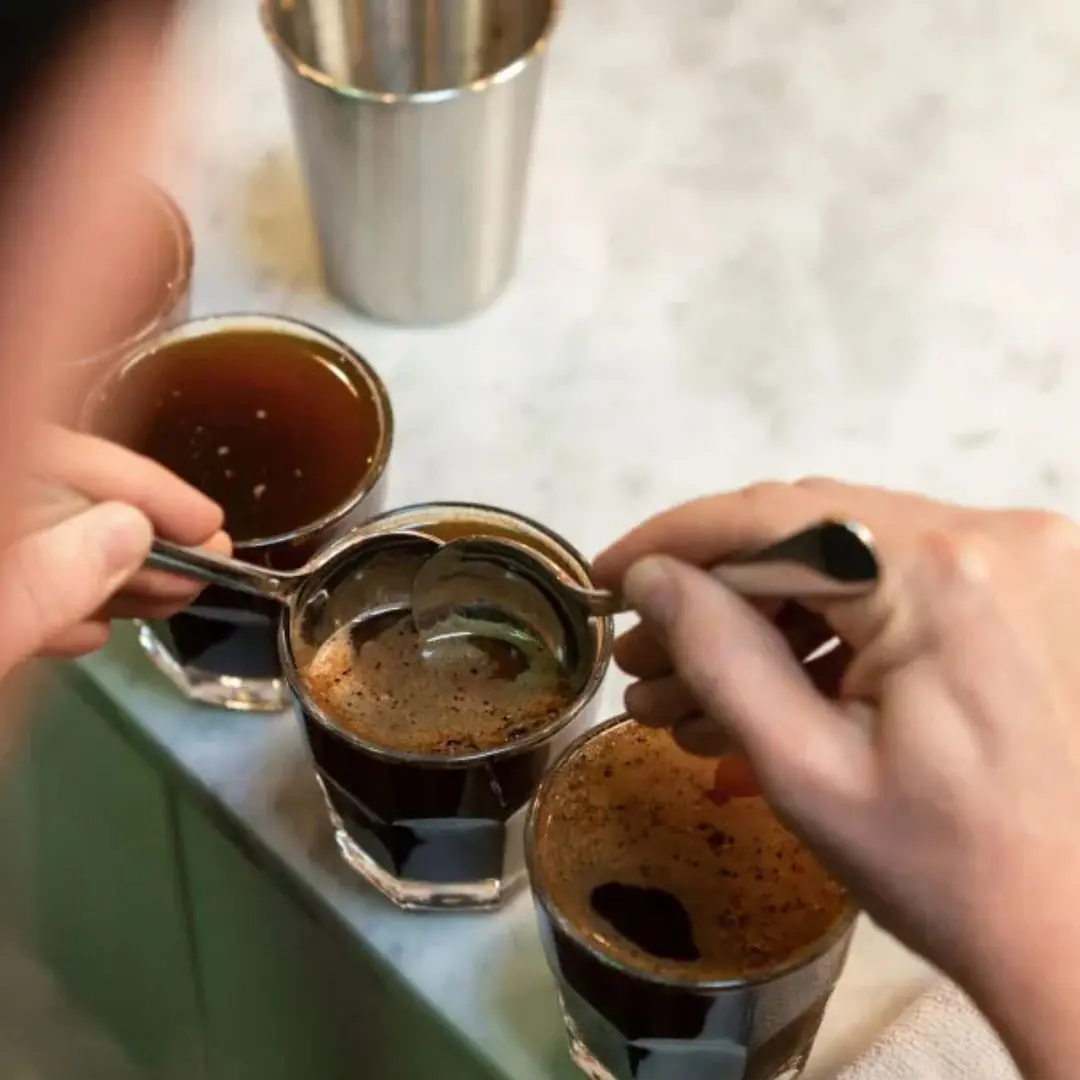
5 great benefits of drinking coffee in the morning

Why should men eat a slice of ginger after waking up in the morning?

4 amazing health benefits of chrysanthemum tea
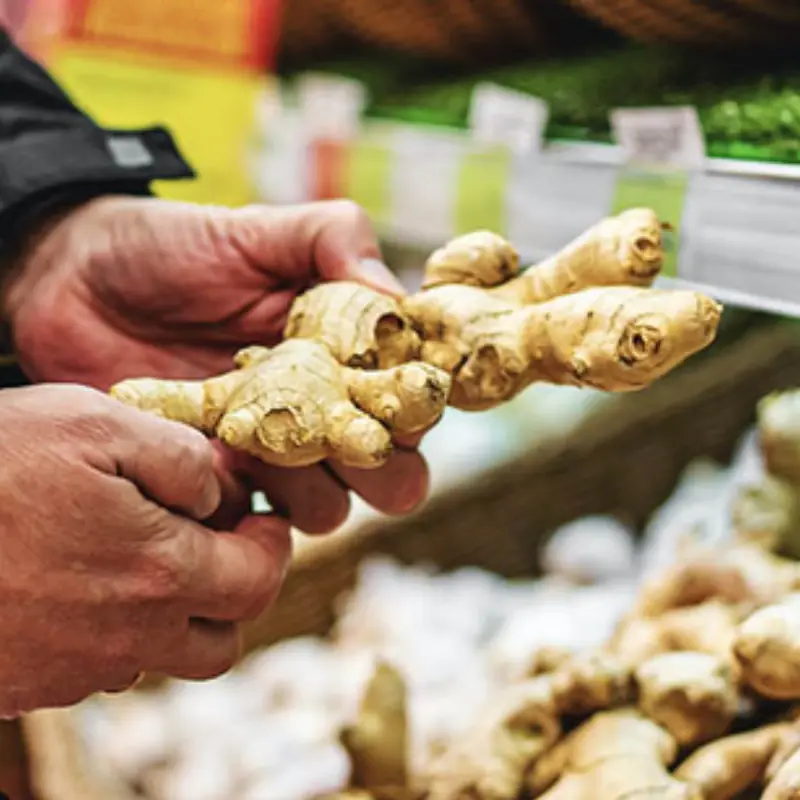
Why Should Men Eat a Slice of Ginger After Waking Up in the Morning?
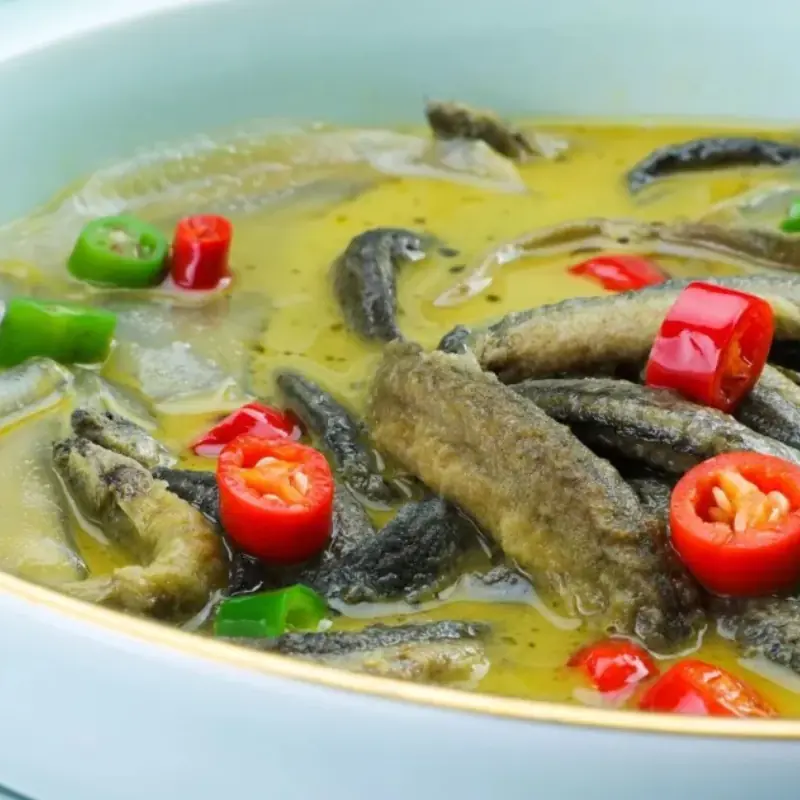
A Type of Fish Known as the “Ginseng of the Water,”
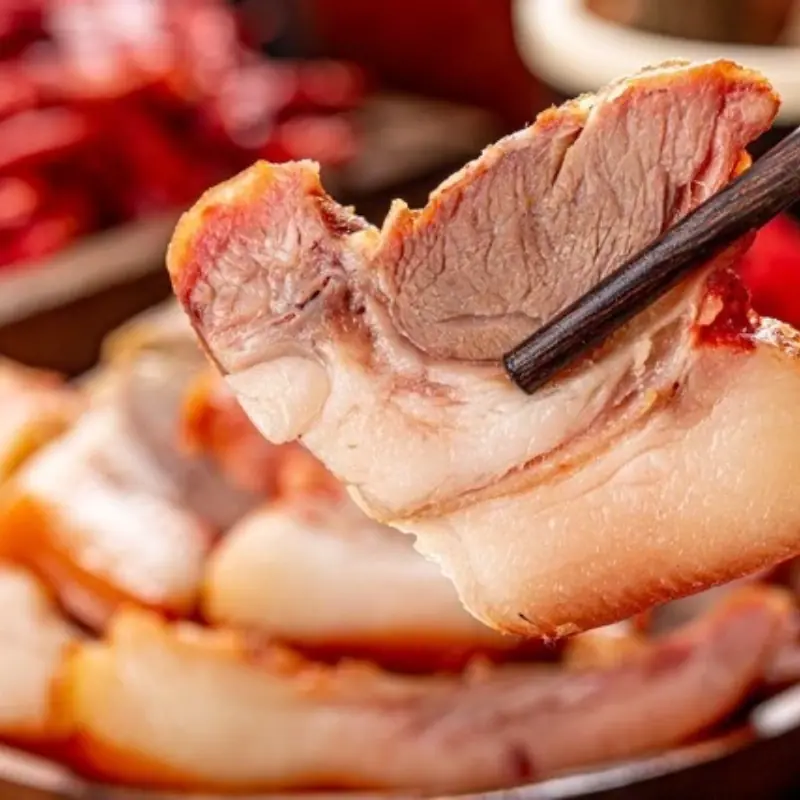
If You Eat Pork Regularly, You Must Pay Attention to These 3 Things
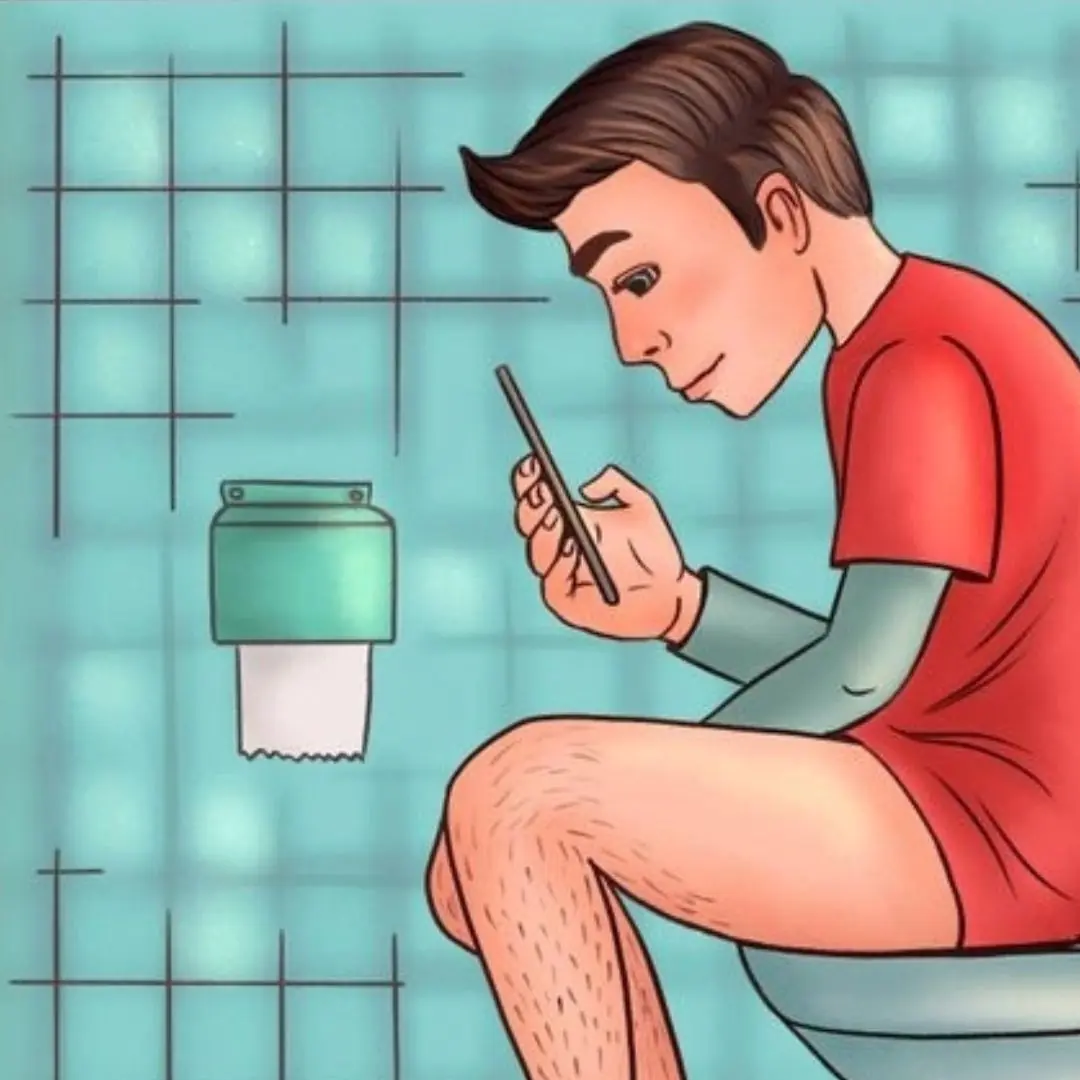
Harmful effects of using phone while going to the toilet you need to know

You may not notice: when we fall asleep on the table, we often get startled - Why is that?

3 surprising health benefits of eating guava at night

3 Super Nutritious Freshwater Fish

Doctor finally answers question of whether it is better to shower in the morning or at night
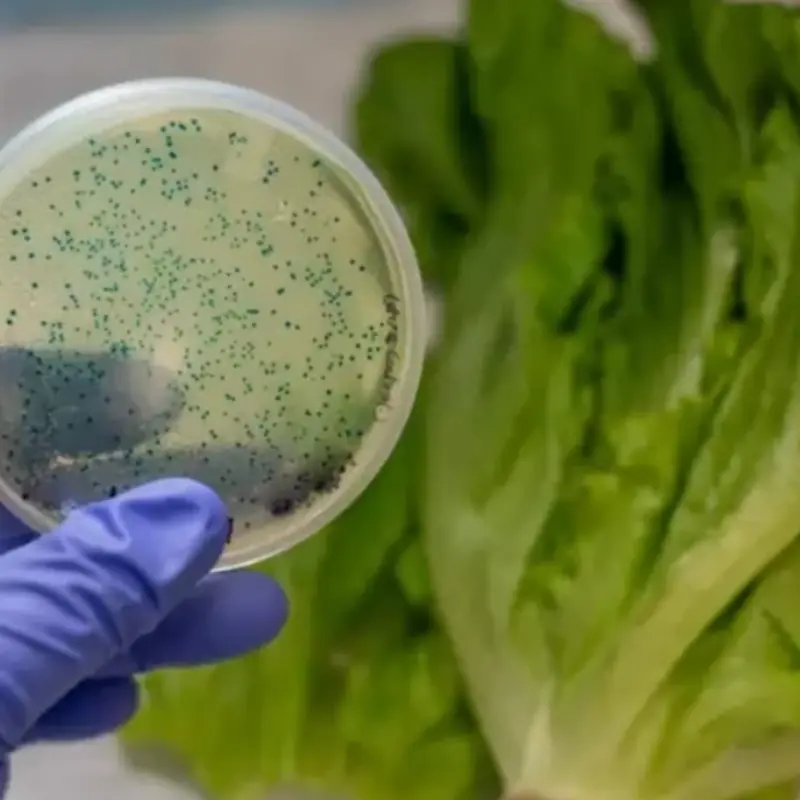
2 Types of Vegetables That Are Prone to Becoming a ‘Parasitic Nest,’ Especially the First One

Depressing find at the bottom of the Mariana Trench is a warning to the world

11 uses of this tuber that 98% of people ignore
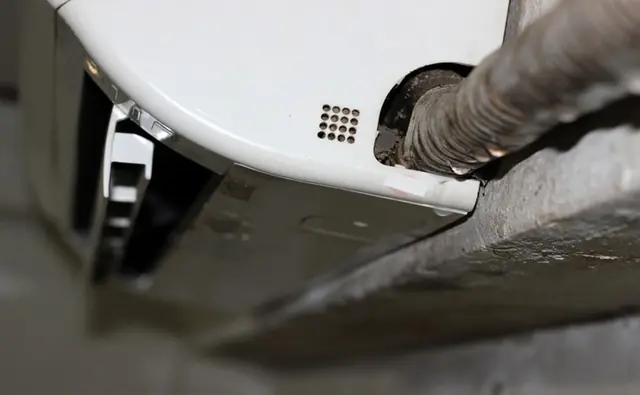
Is Air Conditioner Water Clean or Dirty? Can It Be Reused
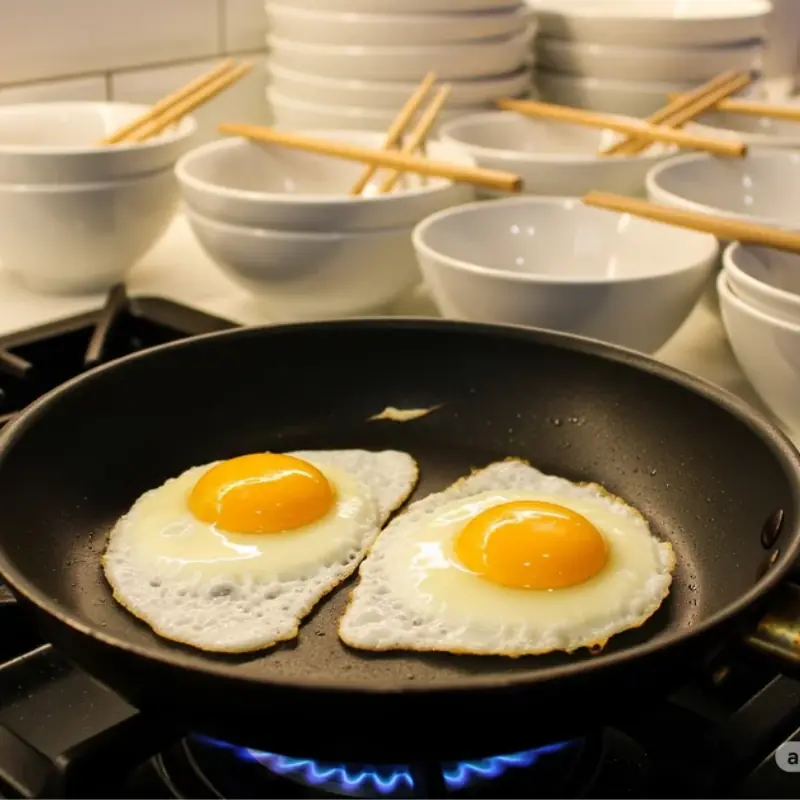
A Family of Three Was Hospitalized After Eating Fried Eggs
News Post
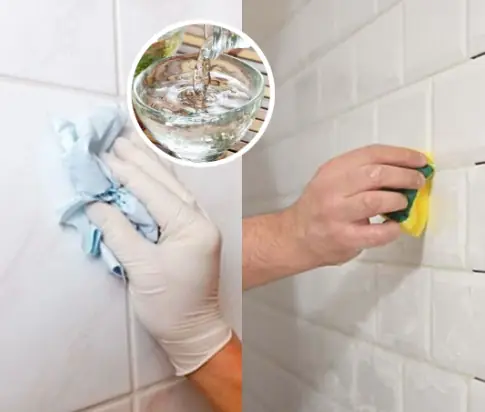
Secret tip: How to clean glossy tiles at home without spending a penny
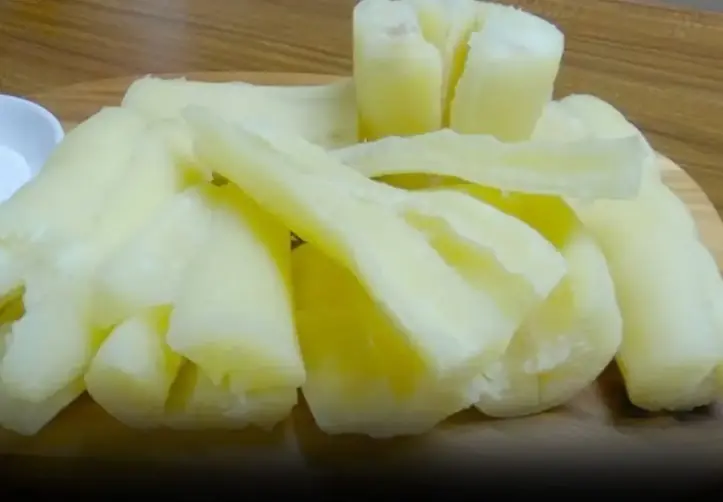
Over 200 People Are Killed By The “World’s Deadliest Food” Every Year, But Almost 500 Million People Still Eat It

Nighttime Leg Cramps: When to Worry and Seek Medical Help
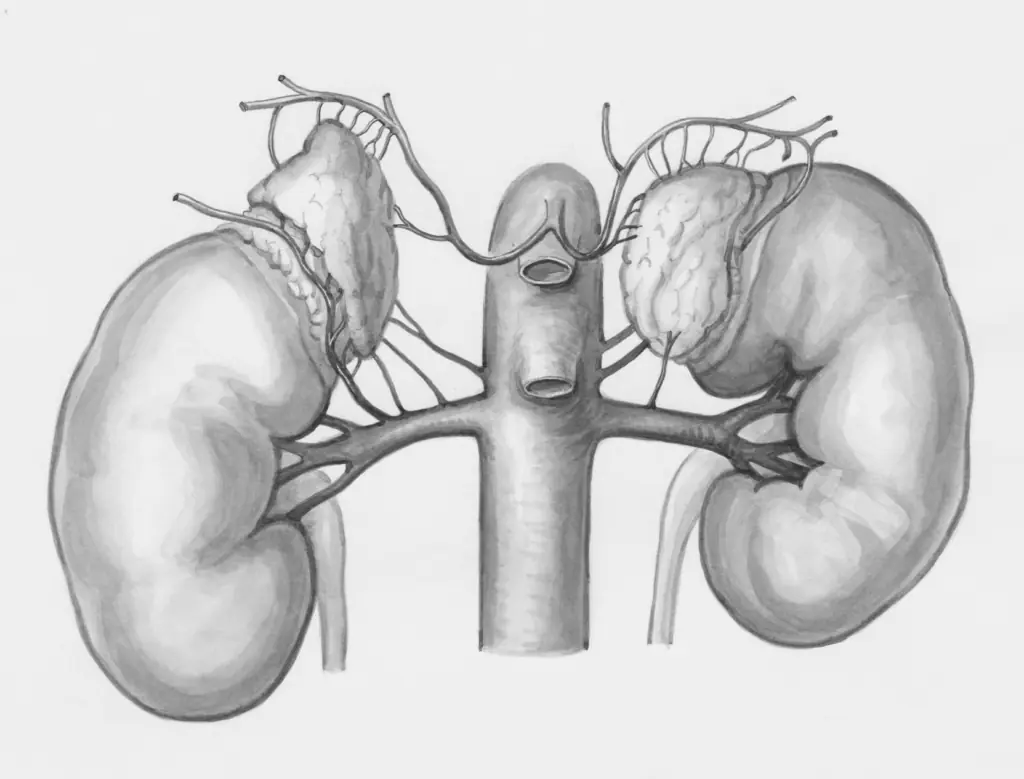
Why Kidney Failure Is Striking The Young—And How To Stop It
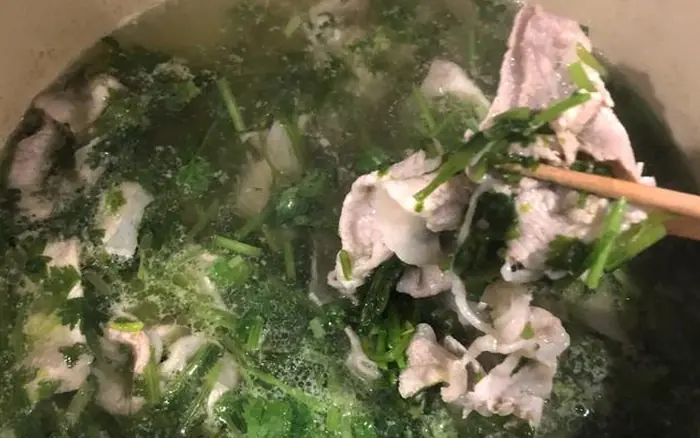
Only the “Unwise” Combine These 5 Foods with Pork
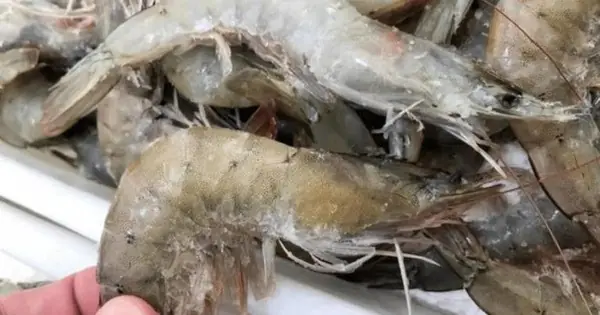
Defrosting Shrimp by Soaking in Water Is a Mistake

Spot Pancreatic Cancer Early – 11 Warning Signs You Shouldn’t Ignore

Should You Peel Ginger Before Eating? The Answer Isn’t as Simple as You Think

Postmenopausal Women Can Hardly Avoid Osteoporosis
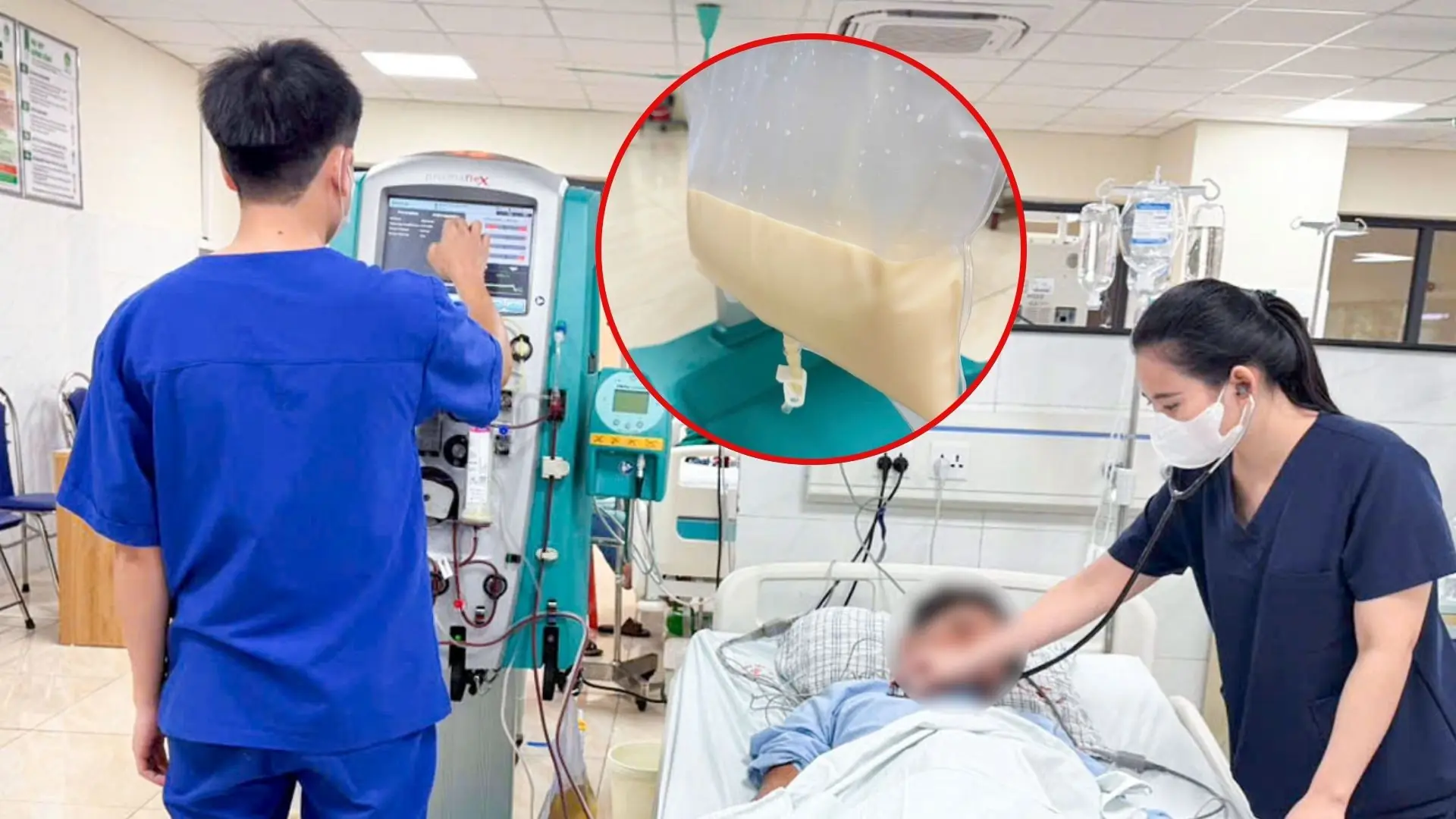
A man with blo.od fat levels 80 times higher than normal

When Buying Bananas, Just Remember This Tip and You’ll Instantly Know Whether They’re Naturally Ripe or Chemically Ripened

5 Foods Stored in the Fridge That Are Like a “Breeding Ground” for Bacteria and Pathogens

A 40-Year-Old Woman Was Rushed to the Hospital After Eating Grapefruit This Way
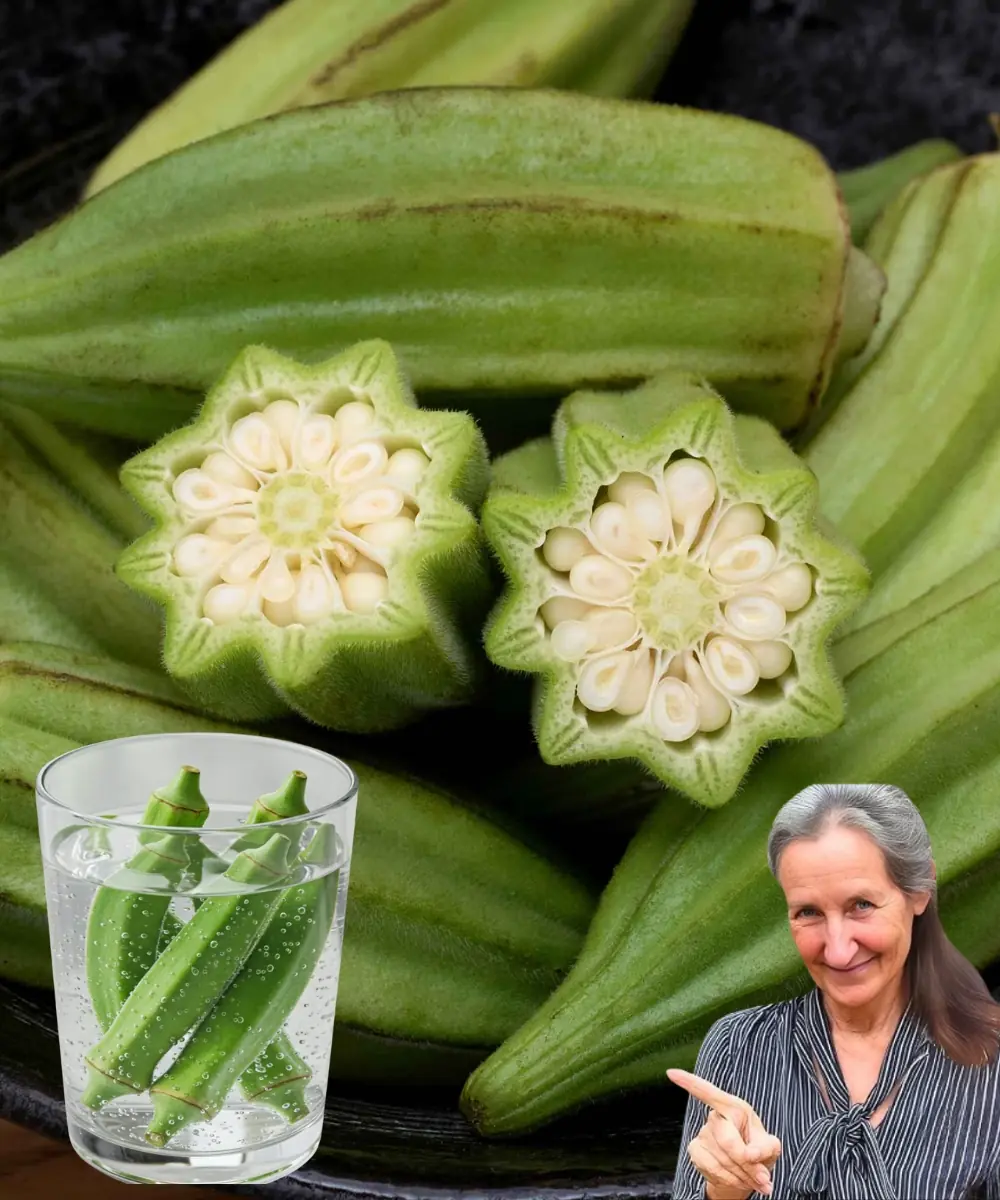
13 powerful reasons your whole family should drink okra water every day

Three warning signs in the neck that could signal early can.cer
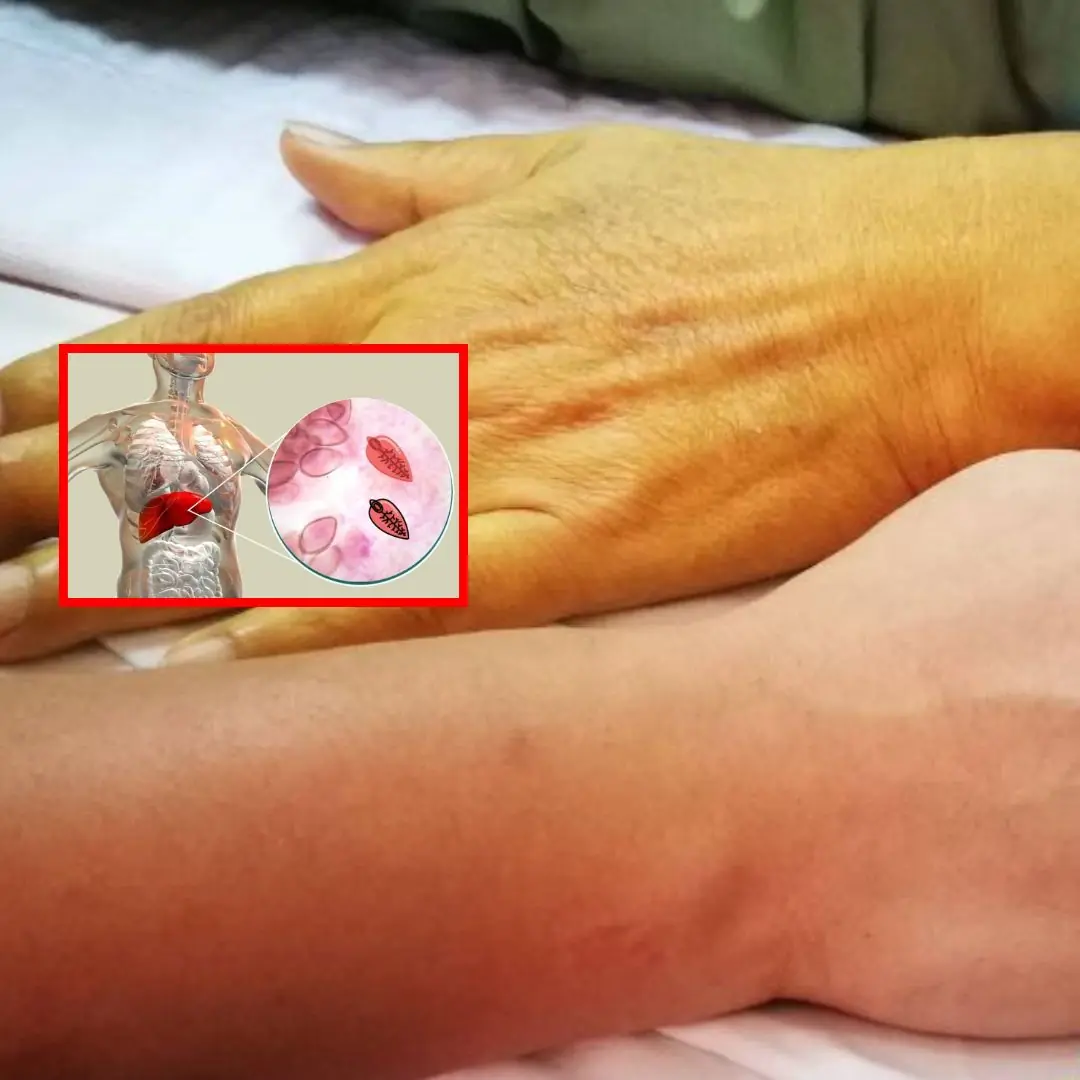
If the following 5 signs appear, you may have liver flukes
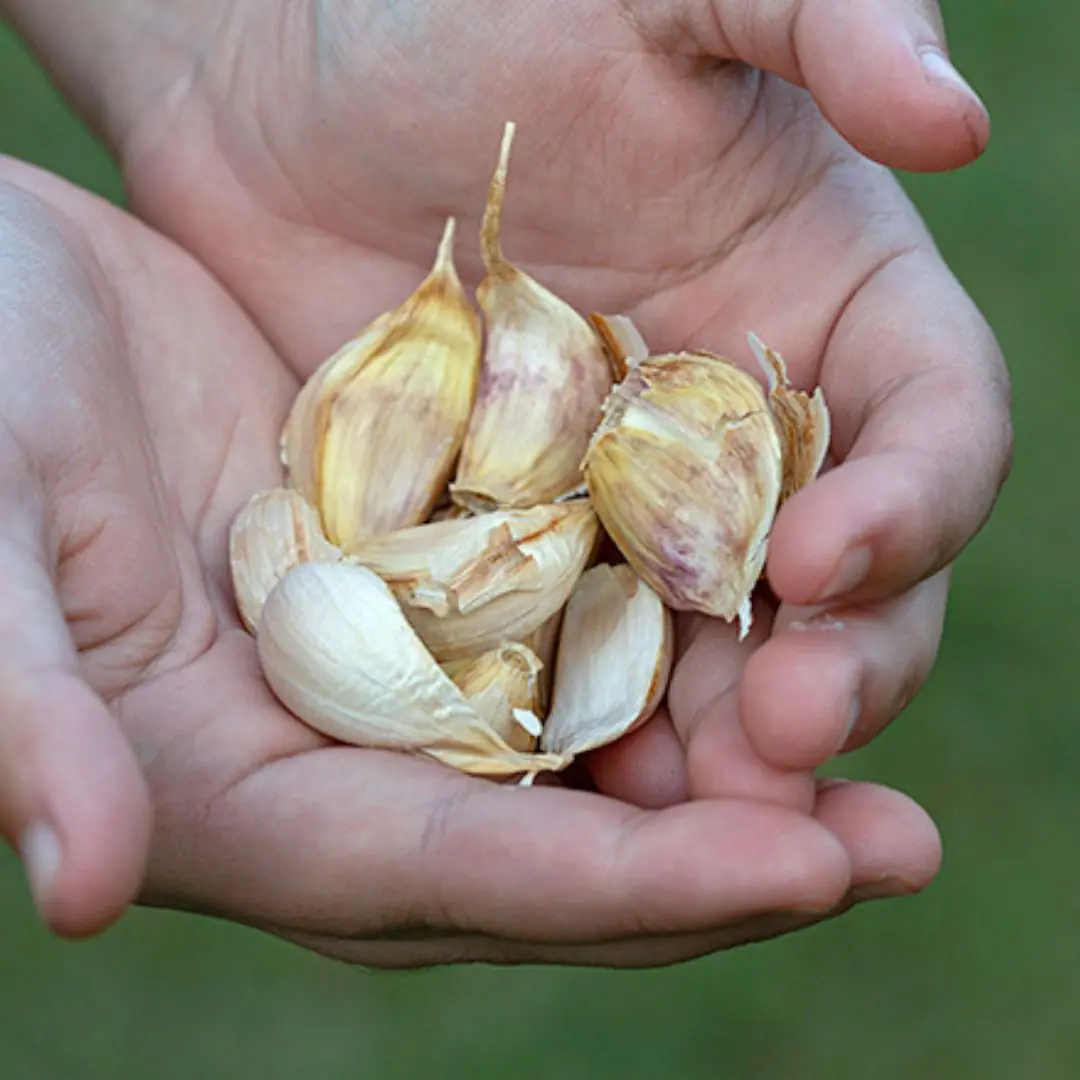
58 year old man eats 1 clove of garlic every morning, 6 months later went to the doctor, received surprising results
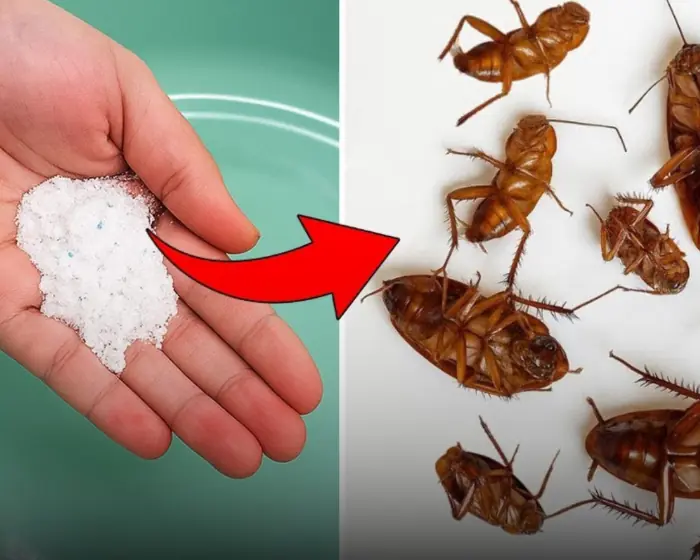
Effective tips to kill cockroaches and keep your house clean
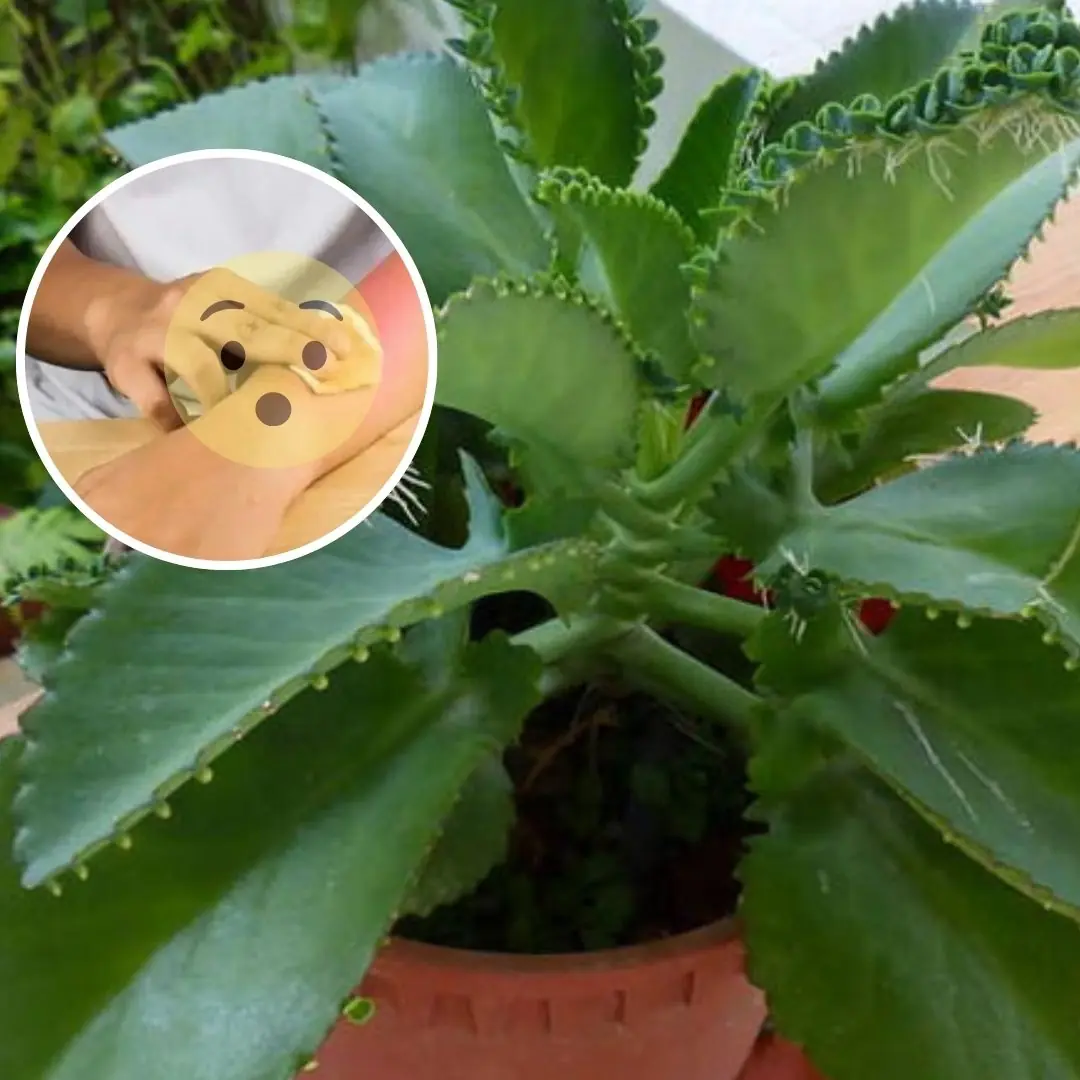
A Mysterious Leaf for Health: Surprising Benefits, Safe Uses, and Hidden Risks
